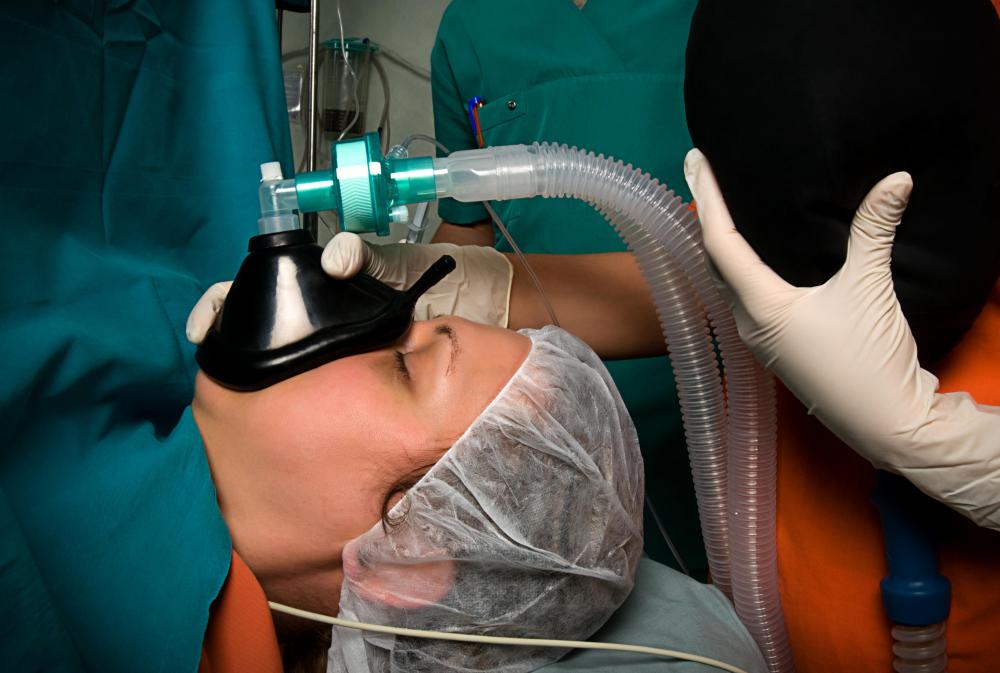At TheHealthBoard, we're committed to delivering accurate, trustworthy information. Our expert-authored content is rigorously fact-checked and sourced from credible authorities. Discover how we uphold the highest standards in providing you with reliable knowledge.
What is a Maxillary Antrostomy?
Maxillary antrostomy is a type of surgery for chronic sinusitis. It involves unblocking and/or widening the place where the sinuses drain into the nose, and it clears the sinus opening and relieves congestion. This type of surgery is quite safe, and has only a small risk of complications or adverse effects.
The maxillary sinuses are located behind the cheekbones and normally drain into the nose. When this drainage passage is blocked, patients may experience headaches, facial pain, or sinus congestion, which can significantly impact quality of life. Acute maxillary sinus infection lasts for a short time, and chronic sinus infections is last for more than 12 weeks. Maxillary antrostomy is done for chronic conditions, and surgery is usually only performed if everything else has been ineffective. Medical treatments, such as antibiotics, are the first course of action for sinus infections.

Most sinus surgeries are done using the functional endoscopic sinus surgery (FESS) technique, which is done through the nostrils as opposed to cutting into the face. This is safer for the patient and allows for a quicker recovery time without facial scarring. Maxillary antrostomy is usually done under general anesthesia. A small viewing instrument called an endoscope is inserted through the nostril to see the drainage opening. Small surgical instruments are then inserted alongside the endoscope and used to remove the blockage.

Maxillary antrostomy is generally a safe procedure, and has only a slight risk of complications. Infection, bleeding, and allergic reactions to anesthesia or other medications are standard risks of any surgery. It is also possible that surrounding structures, such as the tear ducts or eyes, could be damaged during surgery. Even after sinus surgery, the patient may have an occasional sinus infection requiring antibiotics. If maxillary antrostomy is not successful at restoring normal sinus function and relieving symptoms, a more complicated surgery known as the Caldwell-Luc procedure may be required, which involves creating a new drainage opening in the sinus cavity.

Most patients experience some tenderness and swelling for a few days to a couple of weeks after maxillary antrostomy surgery, and may have some bleeding. It is important to leave any packing material, such as gauze, inside the nose until told to remove it, even though this may be uncomfortable and make it hard to breathe through the nose. Patients should avoid blowing the nose or engaging in strenuous activity for about a week after surgery. The doctor may recommend saline nasal spray or other nasal care to help the nose and sinuses heal with minimal internal scarring.
AS FEATURED ON:
AS FEATURED ON:















Discuss this Article
Post your comments